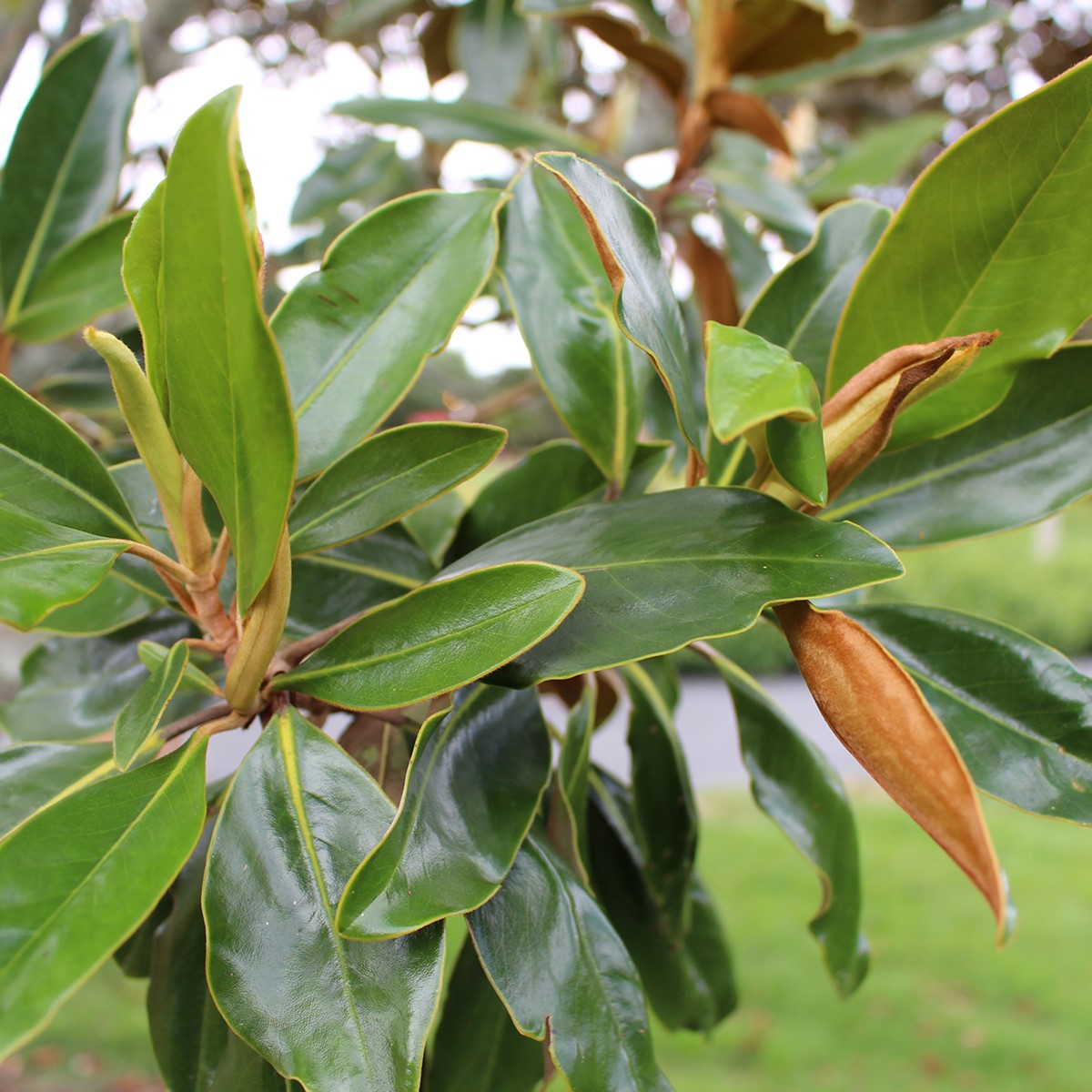Always choose healthy well grown plants and plant after autumn rains as the soil is moist and warm and allows trees to become established before winter. This enables them to withstand dry periods during the following summer. Young plants require thorough watering during dry periods over the first two or three years mulching helps to conserve moisture and suppress weeds. Planting success is often improved on clay soils by adding extra topsoil and raising beds. Incorporate coarse sand, bark, compost or other organic material to improve soil structure. Before planting ensure the root ball is saturated and remove the planter bag or pot with minimal root disturbance. Trim any broken roots and plant at the same level as in the container. Dig a hole twice the diameter of the root ball and firm in and water once planted. Make sure plants are watered well until established if planting in a drier period. Plant with some general slow release fertiliser and then every spring apply an organic based fertiliser such as blood and bone at a handful per square meter as new growth begins.
Tall plants and those in windy positions require staking to stabilize the root ball until established. Position the stakes in the hole before planting and place the plant between them. Use wide ties that hold securely without chafing tie firmly but allow room for the trunk to increase in girth without constriction. This allows the plant to move a little in the wind encouraging the development of a strong root system without the risk of chafing or root damage


.jpg?center=0.71098265895953761,0.50193050193050193&mode=crop&width=1200&height=800&rnd=132074125859800000)
.jpg)
.jpg?anchor=center&mode=crop&width=1200&height=1200&rnd=131732822304530000)

.jpg?anchor=center&mode=crop&width=1200&height=1200&rnd=132106949760530000)
 .jpg?anchor=center&mode=crop&width=1200&height=1200&rnd=131732822977030000)